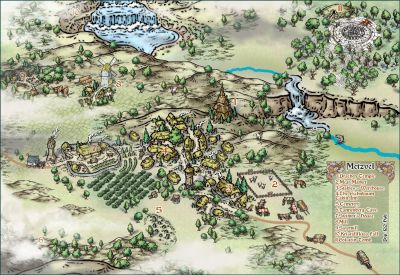
Monsen
Monsen
About
- Username
- Monsen
- Joined
- Visits
- 693
- Last Active
- Roles
- Administrator
- Points
- 8,947
- Birthday
- May 14, 1976
- Location
- Bergen, Norway
- Website
- https://atlas.monsen.cc
- Real Name
- Remy Monsen
- Rank
- Cartographer
- Badges
- 27
-
The Creepy Crypt project
-
Altering Color Palette on Annual Symbols (Spectrum)
After changing them (I recommend taking care not saving over the originals, and keep your own modified version in a separate folder with a slightly edited filename). You can then import the symbols into the map using Symbols -> Import PNGs.
After that, you can open the symbol manager, and find your imported symbols (they will be at the bottom). Select all the new symbols, and hit the save as catalog to save it as a new symbol catalog. Now, open the new symbol catalog as if it was a map (instead of into the symbol catalog window), go to the symbol manager again, but this time, select the symbols and hit properties. From here you can set up options like symbol groups and random selection from groups. Just save the file normally when done.
From now on, you can load this new symbol catalog into the symbol catalog window when working with a map and use it like any other catalog.
-
Community Atlas: Embra - Wooded Places
-
Community Atlas: Embra - Constructed Places
-
Community Atlas Project - Download information - Contributions Welcome
-
Forgotten Realms Interactive Atlas repairs.
-
Sci-fi / ALIEN resources
The Dundjinni Archives also have some Sci-Fi stuff in them
-
[WIP] Bā Dà Chéng Shì
The orange line is the roof ridge for that style (It looks better when you zoom in much further). The reason it sometimes seem to disappear when you zoom out is that it simply becomes to narrow. Your screen only have a finite amount of pixels, and when something gets thinner than a single pixel, a decision will be made if that pixel should be displayed or not. Being less than a pixel, if you use a pixel to display it, you take away space from something else, so showing everything is simply not a technical possibility.
The same is the case for exports. A sufficient high res export may have more than one pixel available for each ridge, eliminating the problem, but generally, every export will have it's limits, just how images work.
-
[WIP] Riddle me this
-
Ghostfire Gaming are searching for Mapmakers










